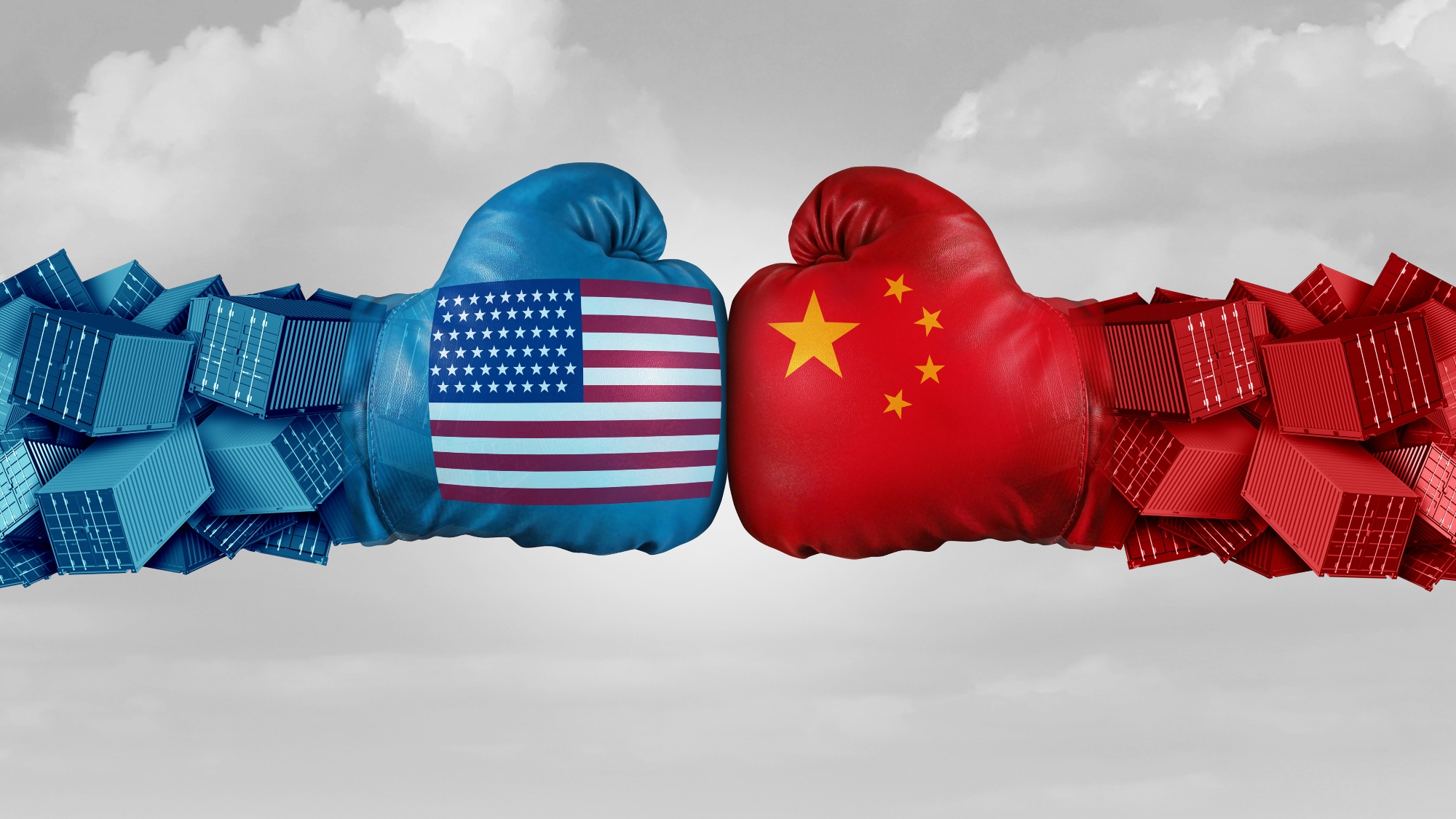Reverse Auctions: How Do Suppliers Really Feel About Them?
In September I attended a meeting of over 130 executives at a joint meeting of the members of the Drug, Chemical, and Allied Trades (DCAT) group and the Institute for Supply Management (ISM) Pharmaceutical Forum. The meeting was held at the Seaview Resort in Absecon, New Jersey. This was the first meeting where the two different groups met together for education sessions, discussions on opportunities to collaborate, and to discuss open issues on how to improve supply chain performance. It was very obvious that many of the members of the DCAT were direct suppliers to the ISM Pharmaceutical companies represented (including GlaxoSmithKline, Roche, Bristol Meyers Squibb, Bayer, Merck, and many others). Because of the high number of pharmas located in New Jersey, the turnout at this first meeting was exceptional.
I attended the meeting in order to present the results of a recent SCRC student project completed by a group of MBA students and led by project manager Steven Edwards, with the advisory input of Sam Straight. Sam, former Chief Procurement Officer for GlaxoSmithKline, also joined me in presentation and a follow-up panel discussion. The focus of my presentation was “Reverse Auctions: Perspectives from Buyers and Suppliers.” I was joined in my presentation by executive Chris Ontiveros, representing a minority business enterprise packaging supplier to the pharmaceutical industry – Bi-State Packaging. Chris presented the “Voice of the Supplier” and described his recent experiences in participating in reverse auctions. The results of the study will be summarized in an upcoming article in the October issue of Inside Supply Management, the flagship periodical for the Institute of Supply Management.
The audience’s reaction to the presentations varied, depending on their prior experience with reverse auctions. Before the presentation, we did a quick poll of the audience to determine how many people had participated as buyers in a reverse auction (about 12 – almost all ISM Pharmaceutical Forum companies), how many had participated as suppliers (about 40 – all DCAT suppliers), and how many people had no idea what a reverse auction was (about 5).
Conclusion
There is no question that reverse auctions are an effective tool for certain types of commodities – but they should not be used in a blind manner without considering alternative sourcing approaches. One tool that can help supply managers decide whether reverse auctions are appropriate is the sourcing channel decision support tool developed by an MBA student team for John Deere last Spring. The tool will be available on the SCRC web site in early 2003. Reverse auctions are appropriate when the commodity is a standard product that can be sourced from many different suppliers, with no significant service or delivery requirements. In situations other than these – supply managers should think long and hard before employing reverse auctions as a sourcing strategy.
- Categories:


